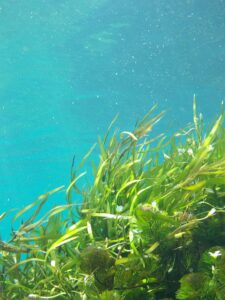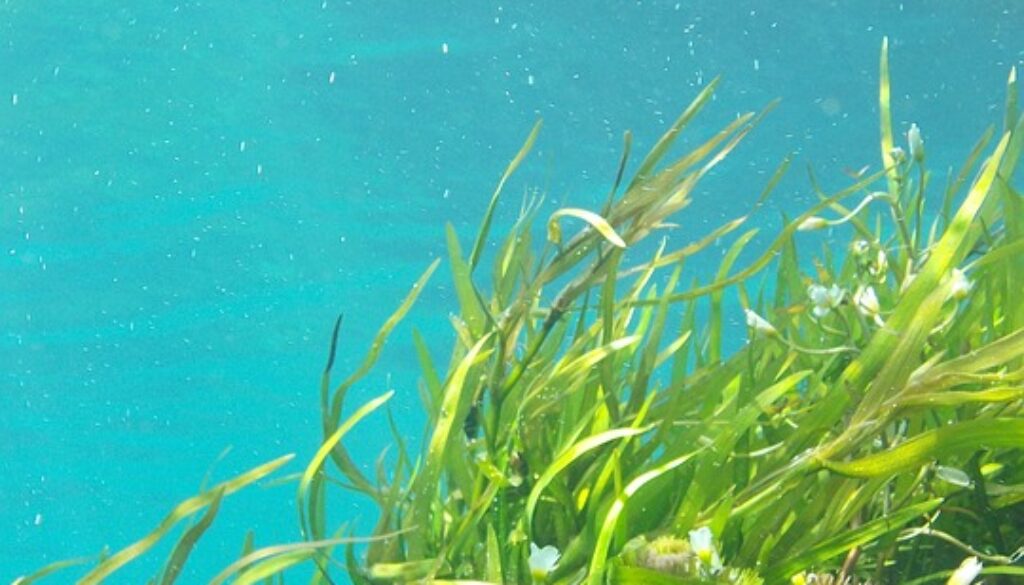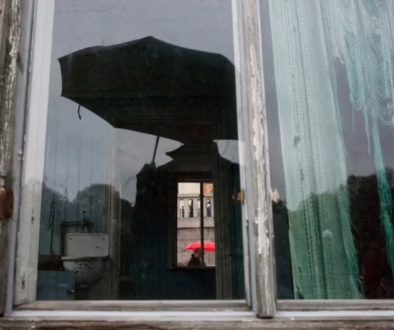Seaweed to Combat Climate Change
By Aparna Mele

Green Wave is a non-profit organization dedicated to cultivating seaweed and other restorative species like oysters, mussels, clams, and scallops vertically using the entire water column. Farming seaweed is typically a more sustainable approach than wild-harvesting it, which can lead to the clear-cutting of valuable ecosystems. Unpredictable ocean conditions due to climate change threaten seaweed crop security, and innovative, sustainable ways to harvest the sea are in-demand.
The benefits of growing seaweed are far-reaching. It is easy and cheap to farm as a ‘zero input’ food that is affordable to grow, It doesn’t need food, water, or fertilizer. This sea veggie also acts like a filter, capturing more carbon than all other marine plants combined and can sequester other pollutants from wastewater, industrial runoff, or fish farms, like excess phosphorus and nitrogen. Seaweed farms also serve as artificial reefs and provide storm protection.
Luckily, the demand for seaweed is quickly growing. Once a niche product only available at high-end restaurants and sushi joints, seaweed is now an in-demand sustainable protein that is packed with vitamins and omega-3 fats. California researchers are now experimenting with seaweed as a viable feed for farm animals, as seaweed’s fermentation process in bovine bellies appears to reduce the production of methane, a harmful greenhouse gas released by cows during digestion. Cows burp once a minute on average, and in California alone, they emit 11.5 million metric tons of carbon dioxide equivalent every year, according to a Yale study. Seaweed might be able to reduce that by up to 30-50%!
Seaweed’s uses extend beyond nutrition. It is also being implemented in clothing. After being harvested, the seaweed is dried, crushed, and processed into a completely biodegradable fiber which can be used to create soft and lightweight fabrics. This year’s London marathoners were given water bottles made out of seaweed, showing it’s great potential as an alternative to plastic packaging.
Watch for a new generation of farmers harvesting the sea for a sustainable future.



